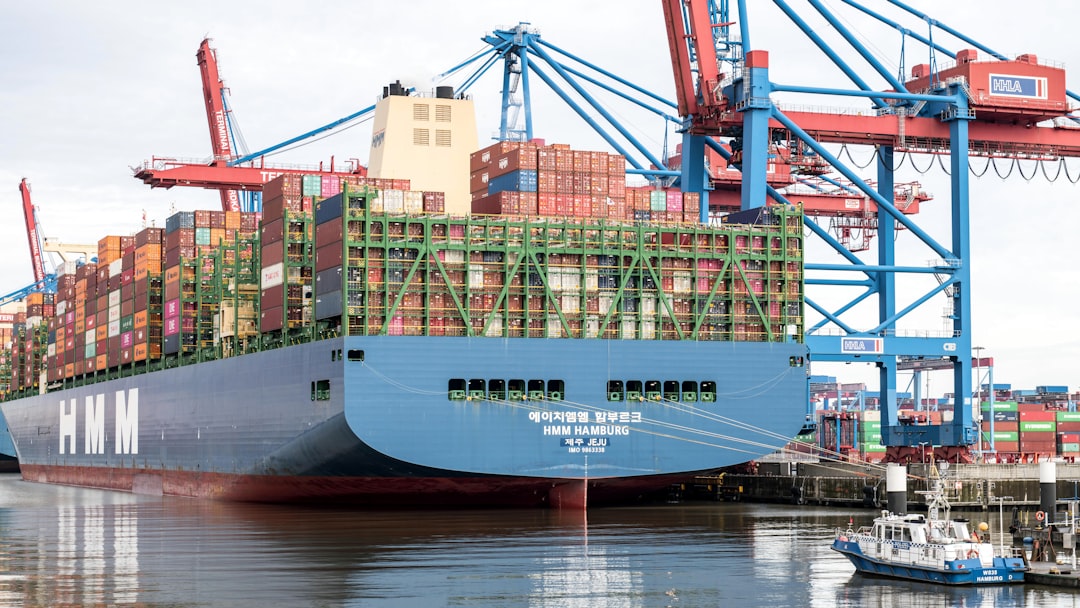body { font-family: sans-serif; line-height: 1.6; }
h1, h2, h3 { color: #333; }
ul { list-style-type: disc; margin-left: 20px; }
Shipping goods internationally can seem daunting, but with careful planning and the right knowledge, it can be a smooth and efficient process. This comprehensive guide will walk you through every step, ensuring your overseas shipment arrives safely and on time.
1. Choosing the Right Shipping Method: Sea, Air, or Land?
The first crucial decision is selecting the appropriate shipping method. Your choice depends on several factors, including the type of goods, urgency, budget, and destination.
- Sea Freight: Ideal for large, heavy, and less time-sensitive shipments. It’s generally the most cost-effective option but has the longest transit times.
- Air Freight: The fastest option, perfect for urgent shipments or valuable, smaller goods. It’s significantly more expensive than sea freight.
- Land Freight (Road or Rail): Suitable for shipments between neighboring countries or regions. Transit times are typically shorter than sea freight but longer than air freight. This option is often used in conjunction with other modes of transport (e.g., rail to port for sea freight).
Consider the pros and cons of each method carefully, weighing the cost against the speed and risk involved. Consulting with a freight forwarder can be invaluable at this stage.
2. Packaging Your Goods for International Transit: Protection is Key
Proper packaging is paramount to ensure your goods arrive undamaged. International shipping exposes goods to rough handling and varying environmental conditions.
- Use sturdy containers: Choose boxes made of strong corrugated cardboard, suitable for the weight and fragility of your goods. Avoid using recycled boxes that may be weakened.
- Adequate cushioning: Use sufficient packing material like bubble wrap, foam peanuts, or air pillows to protect your goods from impact and vibration. Ensure fragile items are individually wrapped.
- Proper labeling: Clearly label each package with the correct address, including the recipient’s name, address, phone number, and any special handling instructions (e.g., “fragile,” “handle with care”). Use clear and durable labels.
- Pallettization: For larger shipments, palletization is recommended for easier handling and stacking. Secure the goods to the pallet using appropriate straps or shrink wrap.
Invest in quality packaging materials; it’s a small price to pay to prevent costly damage and delays.
3. Navigating Customs and Import Regulations: Documentation is Crucial
Customs clearance is a critical aspect of overseas shipment planning. Different countries have varying regulations and documentation requirements. Failure to comply can lead to delays, fines, or even the seizure of your goods.
- Commercial Invoice: This document details the goods being shipped, their value, and the buyer and seller information. It’s crucial for customs assessment.
- Packing List: A detailed list of the contents of each package, including quantities, weight, and dimensions.
- Bill of Lading (B/L): A document issued by the carrier acknowledging receipt of the goods and acting as a contract of carriage. It’s essential for claiming your goods at the destination.
- Certificate of Origin: This document verifies the country of origin of the goods, which is often required for customs purposes.
- Other permits and licenses: Depending on the type of goods, you may need additional permits or licenses, such as health certificates for food products or import licenses for specific items.
It’s advisable to consult with a customs broker or freight forwarder to ensure compliance with all applicable regulations.
4. Selecting a Reliable Freight Forwarder: Expertise and Support
A freight forwarder acts as an intermediary between you and various transportation providers, handling the complexities of international shipping. Choosing the right forwarder is crucial for a successful shipment.
- Experience and reputation: Look for a forwarder with a proven track record and positive customer reviews.
- Global network: Ensure they have a strong network of agents and partners in your destination country.
- Competitive pricing: Obtain quotes from multiple forwarders to compare prices and services.
- Insurance options: Inquire about cargo insurance options to protect your goods against loss or damage during transit.
- Tracking and communication: A reliable forwarder will provide regular updates and clear communication throughout the shipping process.
Don’t hesitate to ask questions and clarify any uncertainties before engaging a freight forwarder.
5. Tracking Your Shipment and Handling Potential Issues: Proactive Monitoring
Once your shipment is underway, it’s important to monitor its progress. Proactive tracking can help identify and address potential issues promptly.
- Tracking numbers: Your freight forwarder will provide tracking numbers to monitor the location of your shipment.
- Regular communication: Stay in contact with your forwarder and the recipient to address any delays or unexpected events.
- Contingency planning: Have a plan in place to handle potential delays or damage. This may involve negotiating with your forwarder or filing insurance claims.
- Documentation: Keep all relevant documentation, including invoices, packing lists, and tracking information, for reference.
By staying informed and proactive, you can minimize the impact of any unexpected problems.
Overseas shipment planning requires careful attention to detail and proactive management. By following these steps, you can significantly increase the likelihood of a smooth and successful international shipment.
SEO Tags:
overseas shipping, international shipping, freight forwarding, customs clearance, export import




